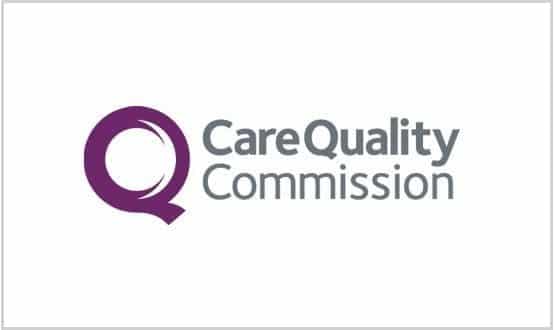Clarity reduces mortality
- 26 November 2012

Figures published in the New England Journal of Medicine show that the first hospital-based pay-for-performance programme in the UK has reduced mortality rates in North West England.
Published by a team of economists and health experts from the Universities of Manchester, Nottingham, Birmingham and Cambridge, the figures show that the Clarity Informatics’ Quality Improvement Service, which assesses clinical outcomes through a set of measures given to clinicians, was associated with a reduction in mortality of 1.3%.
Clinical lead on the project, Dr Gerry Morrow, told eHealth Insider it was important to establish the evidence behind what they were measuring.
He said: “You start off with a problem or a question, such as why heart failure mortality rates in North West England were higher than the national average. Then you ask what you can do about that.”
He said there were different ways to measure how successful treatment is in each clinical area, such as using appropriate care scores, but added: “We’ve gone beyond that and looked at mortality and readmission rates as well.”
The programme has been used at 20 trusts in the North West for the past four years as a measure to reduce mortality rates in heart failure, stroke, dementia, pneumonia and acute myocardial infarction.
The pay-for-performance based project gives financial incentives to hospital managers for performing well against set benchmarks.
The programme is an end-to-end solution for secondary care which reviews clinical topics and combines proven clinical best practice, data collection, software, analytics and workshops to improve quality of care and clinical outcomes.
Dr Mark Woodhead, honorary clinical professor of respiratory medicine at the Manchester Royal Infirmary, one of the hospitals involved in the pilot, said the project had improved standards for pneumonia treatment and diagnosis.
He explained that diagnosis for the disease, which is very difficult, had been made easier by following and reviewing a set of quality indicators.
“A patient’s case notes would have three different diagnoses on it, made by three different doctors, or sometimes no diagnosis at all. It used to be a wide variability and now that variability has narrowed.”
Dr Woodhead added that it was important to measure the process of treatment, not just the outcomes. “It’s about quality of care,” he said.
QIS has also been run in the South East of England for two years and Dr Morrow said this project had also found significant reduction in bed days:
“What we’ve discovered is that we’ve got demonstrated improvement in length of stay, especially in hip and knee replacement. Hospitals have reduced stay by 1.7 bed days per person as well as reducing waiting times.”
He said that based on NHS tariffs; there could be great financial savings for hospitals. The programme, which started off with five patient pathways, has now expanded to ten and new developments have included using NHS Secondary Uses Services linked data sets.




